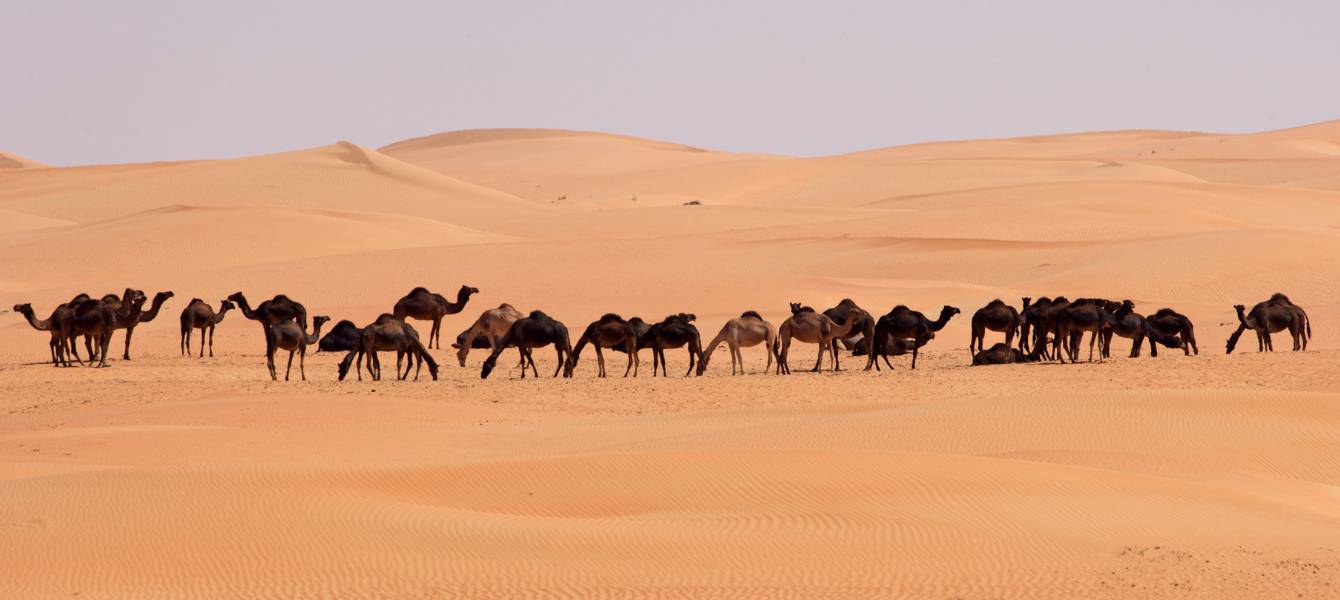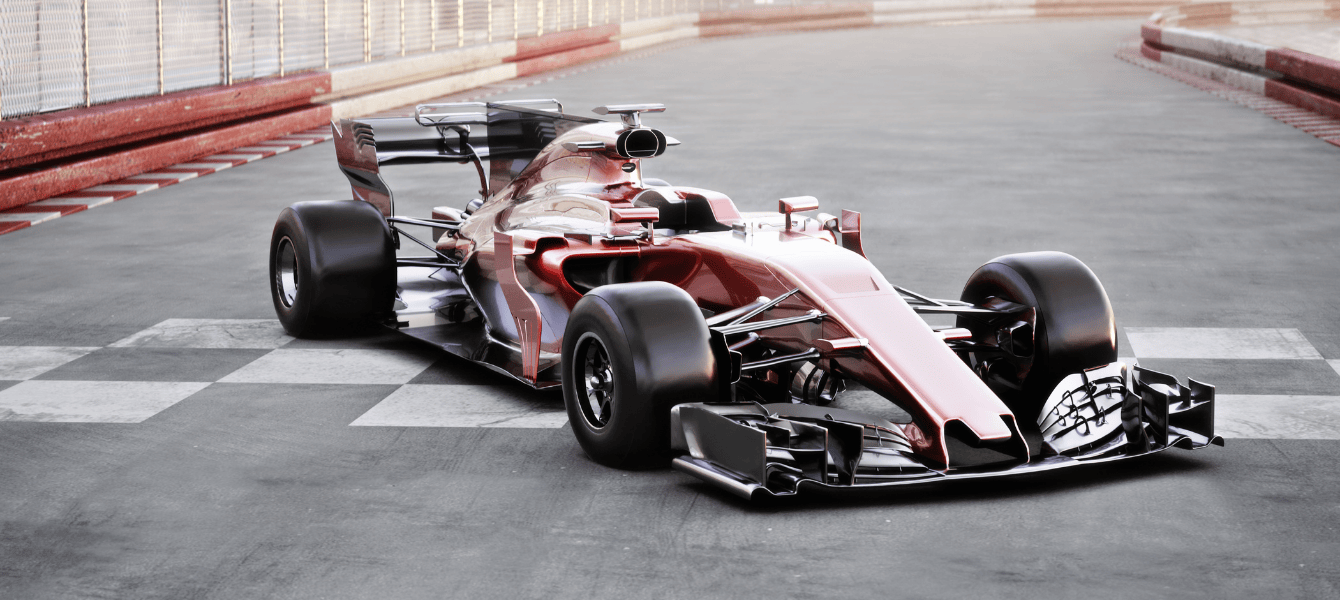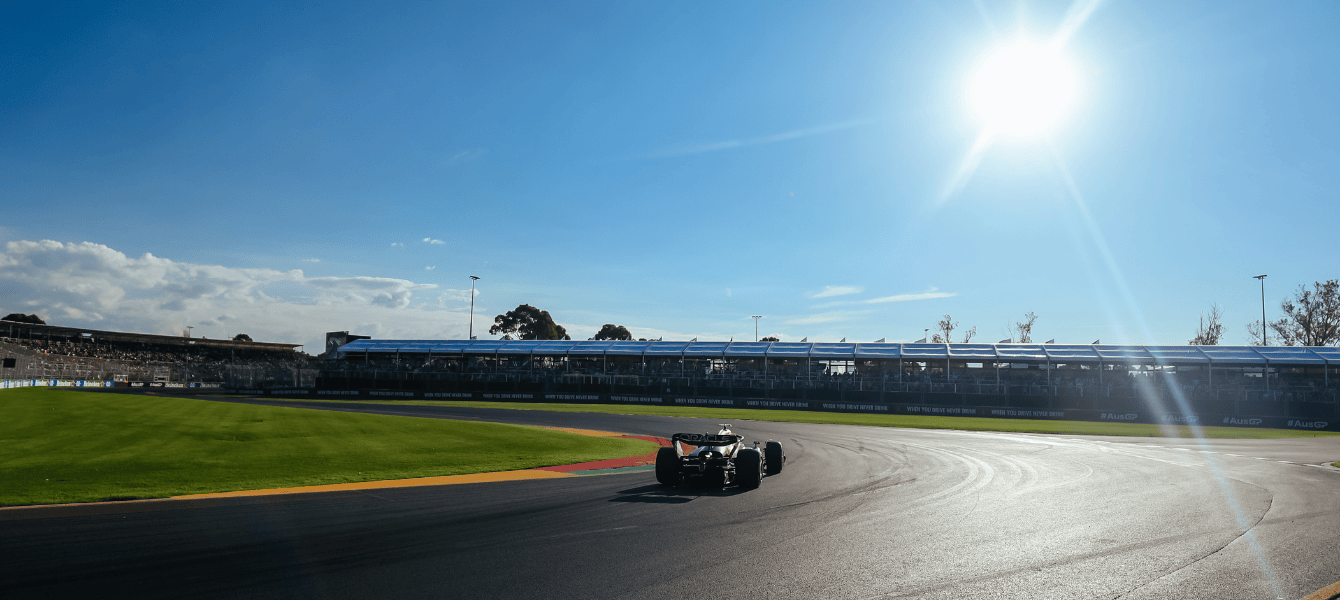The vast expanse of the Arabian Peninsula lies a place of profound beauty and mystery—Rub al Khali, known as the “Empty Quarter” desert.
Spanning across Saudi Arabia, Oman, the United Arab Emirates, and Yemen, this desert is the largest sand desert in the world, covering an area of over 650,000 square kilometers. Despite its harsh environment, the desert holds a unique allure, captivating adventurers, scientists, and storytellers alike.
From its cultural and historical significance to its scientific and ecological importance, we will delve deep into the Empty Quarter’s heart and uncover the mysteries hidden beneath its shifting sands.
So join us as we embark on an odyssey into the heart of the world’s most enigmatic landscapes, the Empty Quarter desert.
Quick Overview Of The Blog: The Empty Quarter Desert, Rub al Khali
- The largest southern desert in the World Offers a Lot—it boasts towering sand dunes, extreme temperatures, and minimal rainfall, making it a haven for adventurers and researchers alike.
- The Rub Al Khali—A Desert With An Incredible History—has served as a cradle of Bedouin culture, a crossroads for ancient trade routes, and a witness to the rise and fall of civilizations.
- A Trip To The Empty Quarter Feels Like Visiting a Different World – exploring this desert is like traveling into the depths of wonder and imagination, as much as a space voyage.
The Largest Southern Desert in the World Offers a Lot
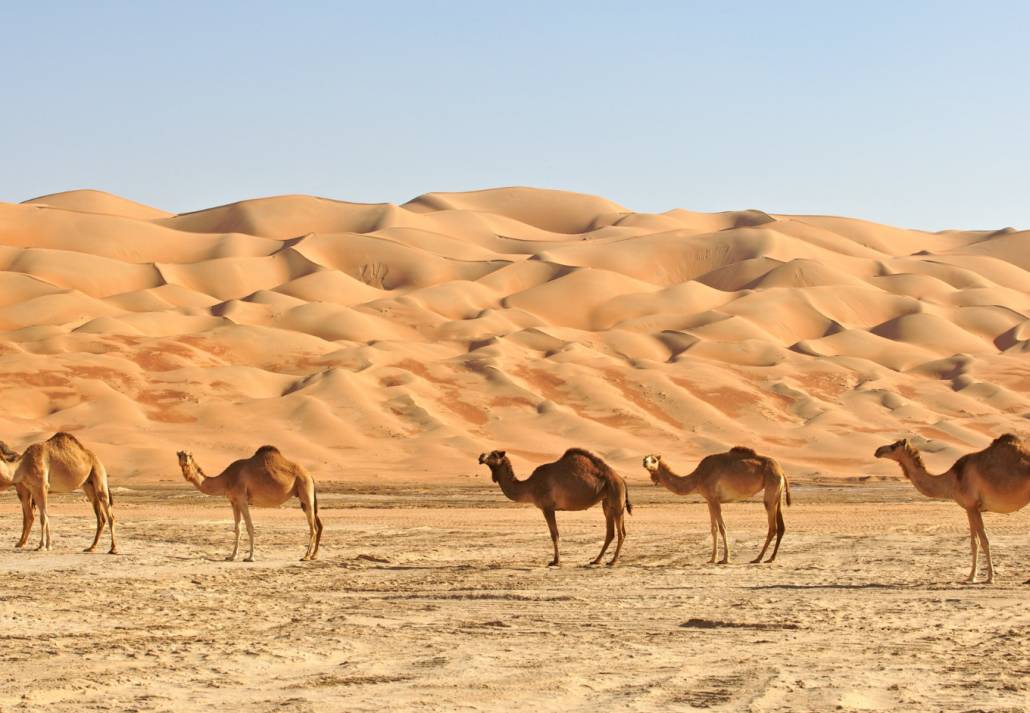
The world’s largest oil field is the Rub al Khali, which is in Saudi Arabian territory. The desert’s natural beauty can be found on the Omani side of the Empty Quarter desert.
Moreover, magnificent sand dunes, some reaching more than 250 meters, form a fascinating labyrinth of peaks and valleys. The landscape’s cut ridges and flowing curves give it an unearthly feel, inspiring awe and a sense of insignificance in those who venture under its surface.
Empty Quarter desert, though, is a place of extremes rather than just a beautiful fantasy. The location has exceptionally high temperatures, with daytime highs reaching 50°C (122°F). In the day’s intense heat, the sand turns into a furnace, sending forth waves of heat that warp the horizon. Yet, the desert experiences a remarkable transformation as night falls, with temperatures dropping to almost freezing.
Furthermore, desert tours, best done in guided groups and with enough provisions, are always worthwhile. The stunning experience of a pristine sunrise or sunset in the desert, far away from civilization’s disturbing lights, is exceptional.
The Rub Al Khali – A Desert With An Incredible History
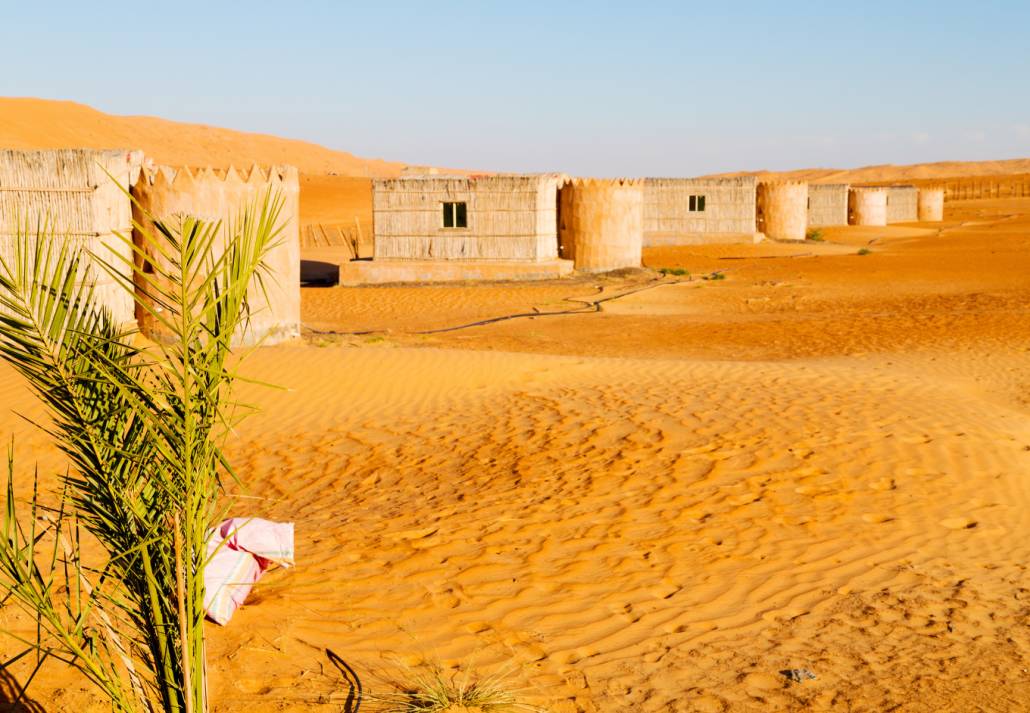
Throughout history, the Empty Quarter has played a significant role in the cultural and economic development of the Arabian Peninsula. Desertification has increased in recent millennia. Until approximately 300 AD, the caravans involved in the frankincense trade traversed nearly impenetrable expanses of wasteland before desertification, making the caravan routes traveling over the Rub’ al Khali extremely difficult. It has been proposed that such trade was essential to the survival of Ubar or Iram, a lost city, region, or people.
In 1930, Bertram Thomas, attempting to become the first European to cross the great sands, heard tales from his Bedouin escorts of a lost city whose wicked people attracted God’s wrath and were destroyed. Despite not discovering any city remains Thomas relayed his story to T.E. Lawrence, who referred to Ubar as the “Atlantis of the Sands.” It is stated that the town on the edge of the desert was incredibly wealthy.
Further, throughout history, this vast desert has served as a crossroads for trade, culture, and conquest. Ancient trade routes snaked their way through its expanse, connecting the Arabian Peninsula to distant lands and facilitating the exchange of goods, ideas, and technologies.
However, scientists have recently focused on the Empty Quarter, hoping to unravel its history and discover its secrets. Scientists constantly unearth novel perspectives on the Earth’s past and evolution by examining the desert’s distinct ecosystem and delving into its geological formations.
A Trip To The Empty Quarter Feels Like Visiting a Different World
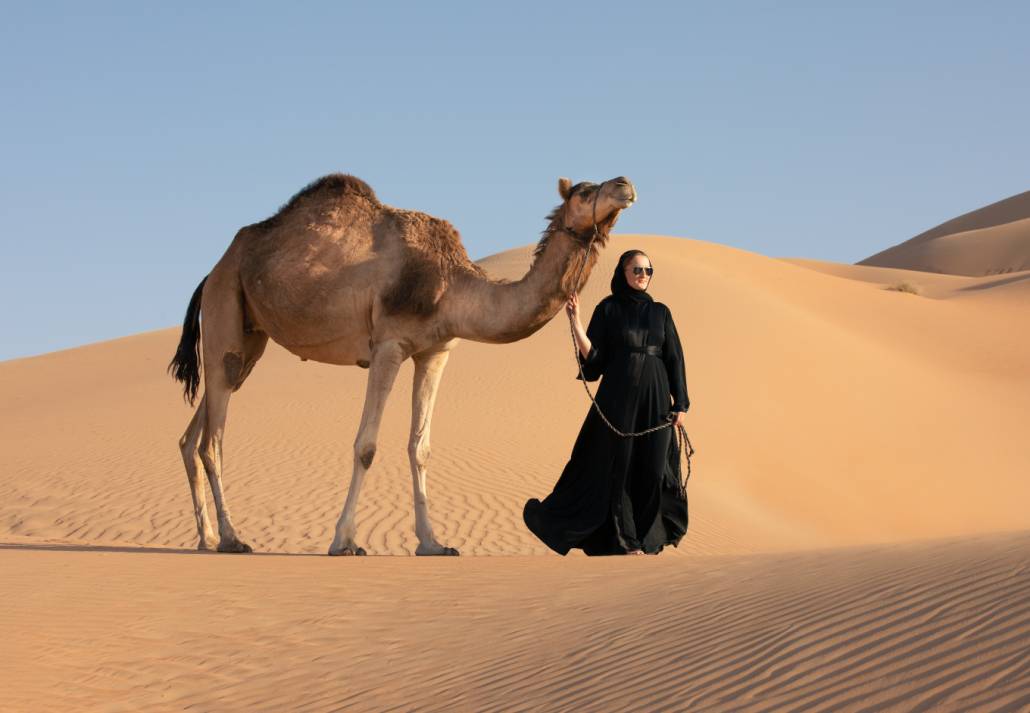
“Otherworldly” is a term that is frequently used to describe this desert. This vast desert in the Arabian Peninsula, with its towering dunes and surreal landscape, transports travelers to a realm that seems plucked from the pages of science fiction.
The silence and isolation of the Empty Quarter evoke a sense of solitude rarely found elsewhere, while its ethereal beauty and ever-shifting sands create an otherworldly atmosphere. Exploring this desert is a journey through space and into the depths of imagination and wonder.
David, an eustatic traveler, says, “Exploring the Rub al Khali was a once-in-a-lifetime experience. The vastness of the desert left me in awe, and the tranquility of the landscape was unlike anything I had ever experienced. It’s a place where you truly feel connected to nature and yourself.”
FAQ
What is the Empty Quarter myth?
According to legend, the city of Iram of Pillars was lost to an enraged deity in a manner reminiscent of Atlantis and lies beneath the scorching sands.
Does anyone live in the Empty Quarter desert?
The Empty Quarter desert, one of the driest places on Earth, is essentially uncharted and virtually uninhabited.
What is the difference between Sahara and Rub al Khali?
The Sahara is 9,200,000 km³, while the Rub’ Al-Khali is 650,000 km². Accordingly, the Sahara is more than 14 times larger than the Rub’ Al-Khali.
Which are the top attractions in Riyadh?
The following are the top attractions in Riyadh:
Madain Saleh
Red Sea Coral Reefs
Rub al Khali
Rose farm taif
Jeddah Corniche
Al Khobar Corniche
King Fahd Park
Al Ahsa Oasis
Green Mountains
Diriyah
Farasan Islands
Wadi Al Disah
CuddlyNest provides all accommodations to all travelers at the best price. Find unlimited travel inspiration on our blogs and social media channels Facebook, Instagram, and Pinterest.
You May Also Like:
The Best Tourist Attractions In Riyadh, Saudi Capital
Elephant Rock Saudi Arabia: All You Need To Know
